Google I/O 2017 has officially come to a close, and by all accounts, it was another successful event. There were many new features announced that will enhance our day-to-day life, while (hopefully) making the lives of developers a bit easier, and improving our mobile devices ten-fold.
To close out the show, Google has decided to share a list of all of the announcements that were made during the Keynote and various sessions that took place. We went through the list and cherry-picked some of the highlights, so without further adieu, here’s what Google I/O 2017 brought everyone.
Google Assistant and Google Home
- Soon, with Google Lens—a new way for computers to “see”—you’ll be able to learn more about and take action on the things around you, while you’re in a conversation with your Assistant.
- We’ve brought your Google Assistant to iPhones.
- Call me maybe? With new hands-free calling on Google Home, you’ll be able to make calls with the Assistant to landlines and mobile numbers in U.S. and Canada for free.
- You can now type to your Google Assistant on eligible Android phones and iPhones.
- For developers, we’re bringing Actions on Google to the Assistant on phones—on both Android and iOS. Soon you’ll find conversation apps for the Assistant that help you do things like shopping for clothes or ordering food from a lengthy menu.
AI, ML, and Cloud
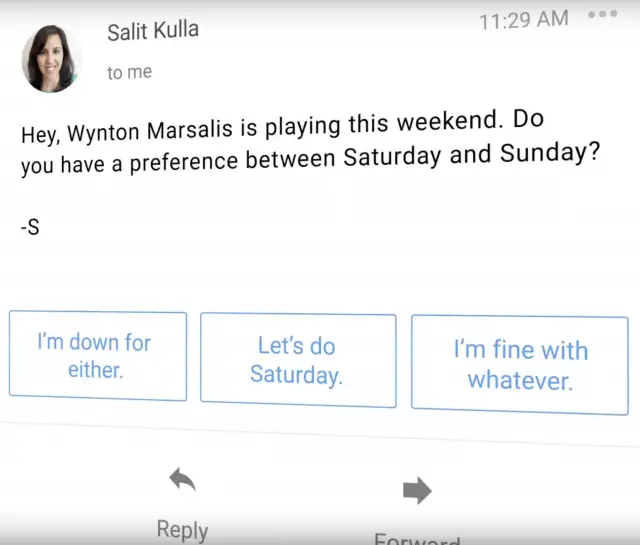
- With the addition of Smart Reply to Gmail on Android and iOS, we’re using machine learning to make responding to emails easier for more than a billion Gmail users.
- With Google.ai, we’re pulling all our AI initiatives together to put more powerful computing tools and research in the hands of researchers, developers and companies. We’ve already seen promising research in the fields of pathology and DNA research.
- We must go deeper. AutoML uses neural nets to design neural nets, potentially cutting down the time-intensive process of setting up an AI system, and helping non-experts build AI for their particular needs.
- We introduced a new Google Cloud Platform service called Google Cloud IoT Core, which makes it easy for Google Cloud customers to gain business insights through secure device connections to our rich data and analytics tools.
Google Photos
- We first launched Google Photos two years ago, and now it has more than 500 million monthly users.
- Soon Google Photos will give you sharing suggestions by selecting the right photos, and suggesting who you should send them to based on who was in them.
- Shared libraries will let you effortlessly share photos with a specific person. You can share your full photo library, or photos of certain people or from a certain date forward.
- Google Lens is coming to Photos later this year, so you’ll be able to look back on your photos to learn more or take action—like find more information about a painting from a photo you took in a museum.
Android and Google Play
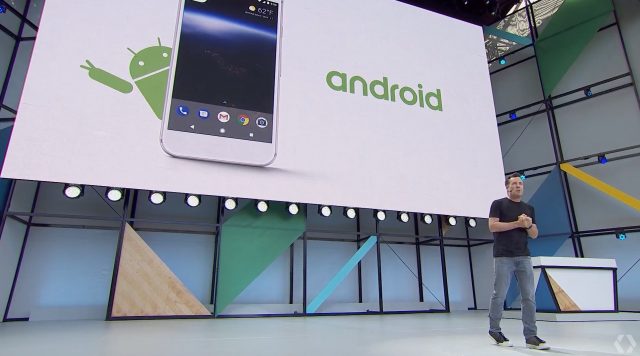
- We reached 2 billion monthly active devices on Android!
- Android O, coming later this year, is getting improvements to “vitals” like battery life and performance, and bringing more fluid experiences to your smaller screen, from improved notifications to autofill.
- Smart text selection in Android O improves copy and paste to recognize entities on the screen—like a complete address—so you can easily select text with a double tap, and even bring up an app like Maps to help navigate you there.
- We previewed a new initiative aimed at getting computing into the hands of more people on entry-level Android devices. Internally called Android Go, it’s designed to be relevant for people who have limited data connectivity and speak multiple languages.
- Android Auto is now supported by 300 car models, and Android Auto users have grown 10x since last year.
- Android Instant Apps are now open to all developers, so anyone can build and publish apps that can be run without requiring installation.
Virtual and Augmented Reality
- More Daydream-ready phones are coming soon, including the Samsung Galaxy S8 and S8+, LG’s next flagship phone, and devices from Motorola and ASUS.
- We’re expanding Daydream to support standalone VR headsets, which don’t require a phone or PC. HTC VIVE and Lenovo are both working on devices, based on a Qualcomm reference design.
- The next smartphone with Tango technology will be the ASUS ZenFone AR, available this summer.
- We previewed Euphrates, the latest release of Daydream, which will let you capture what you’re seeing and cast your virtual world right onto the screen in your living room, coming later this year.
- We’re releasing an experimental build of Chromium with an augmented reality API, to help bring AR to the web
YouTube
- Soon you’ll be able to watch and control 360-degree YouTube videos and live streams on your TV, and use your game controller or remote to pan around an immersive experience.
- Super Chat lets fans interact directly with YouTube creators during live streams by purchasing highlighted chat messages that stay pinned to the top of the chat window. We previewed a developer integration that showed how the Super Chat API can be used to trigger actions in the real world—such as turning the lights on and off in a creator’s apartment.
- A new feature in the YouTube VR app will soon let people watch and discuss videos together.
Developer-Focused Updates

- With a new Google Payment API, developers can enable easy in-app or online payments for customers who already have credit and debit cards stored on Google properties.
- We’re bringing phone number authentication to Firebase, working closely with the Fabric Digits team, so your users can sign in to your apps with their phone numbers.
- We’re expanding Firebase Hosting to integrate with Cloud Functions, letting you can do things like send a notification when a user signs up or automatically create thumbnails when an image is uploaded to Cloud Storage.
- AdMob is also now integrated with Google Analytics for Firebase, giving developers a complete picture of ads revenue, mediation revenue and in-app purchase revenue in one place.
- Developers interested in testing the cutting edge of our products can now sign up for a Firebase Alpha program.
That’s all folks. If you want to check out the full list, you can hit the link here and if you want to check out Phandroid’s thoughts on the various announcements, hit the button below. If you want to check out what we thought the 10 biggest announcements were from the event, hit the link here.
Most importantly, sound off in the comments below and let us know what your favorite announcement from Google I/O was.

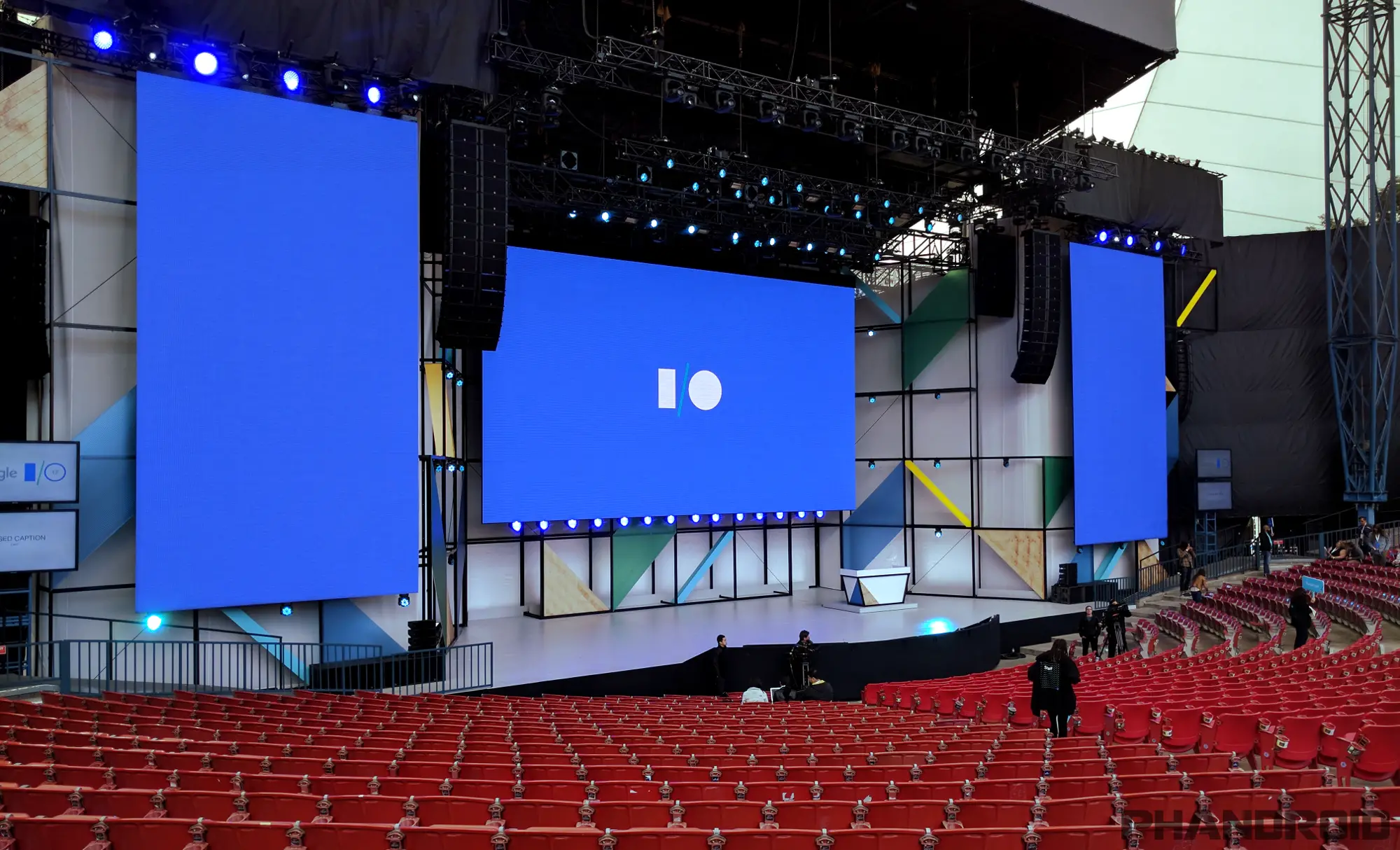

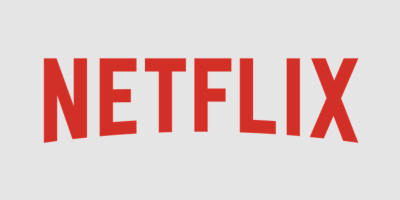




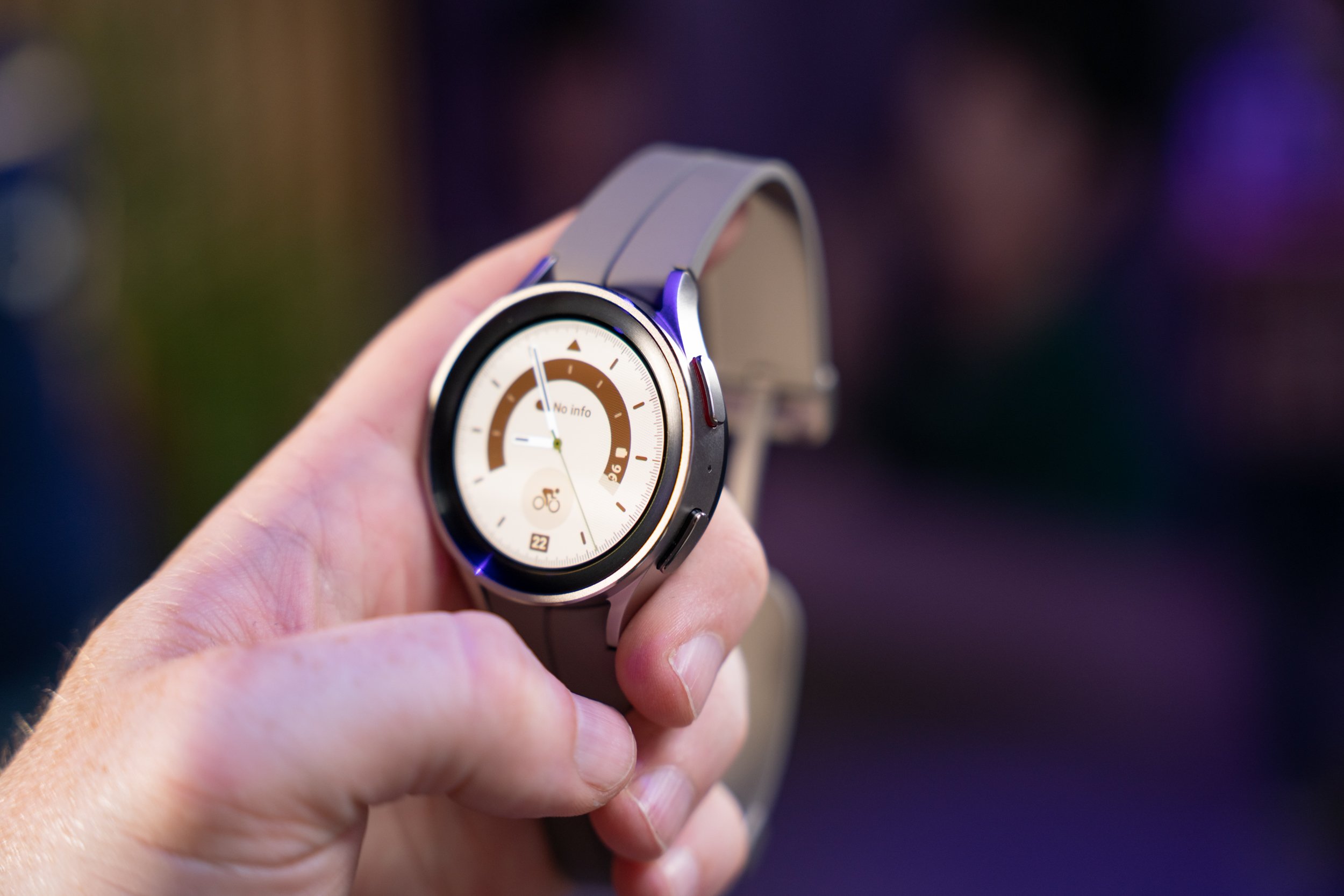
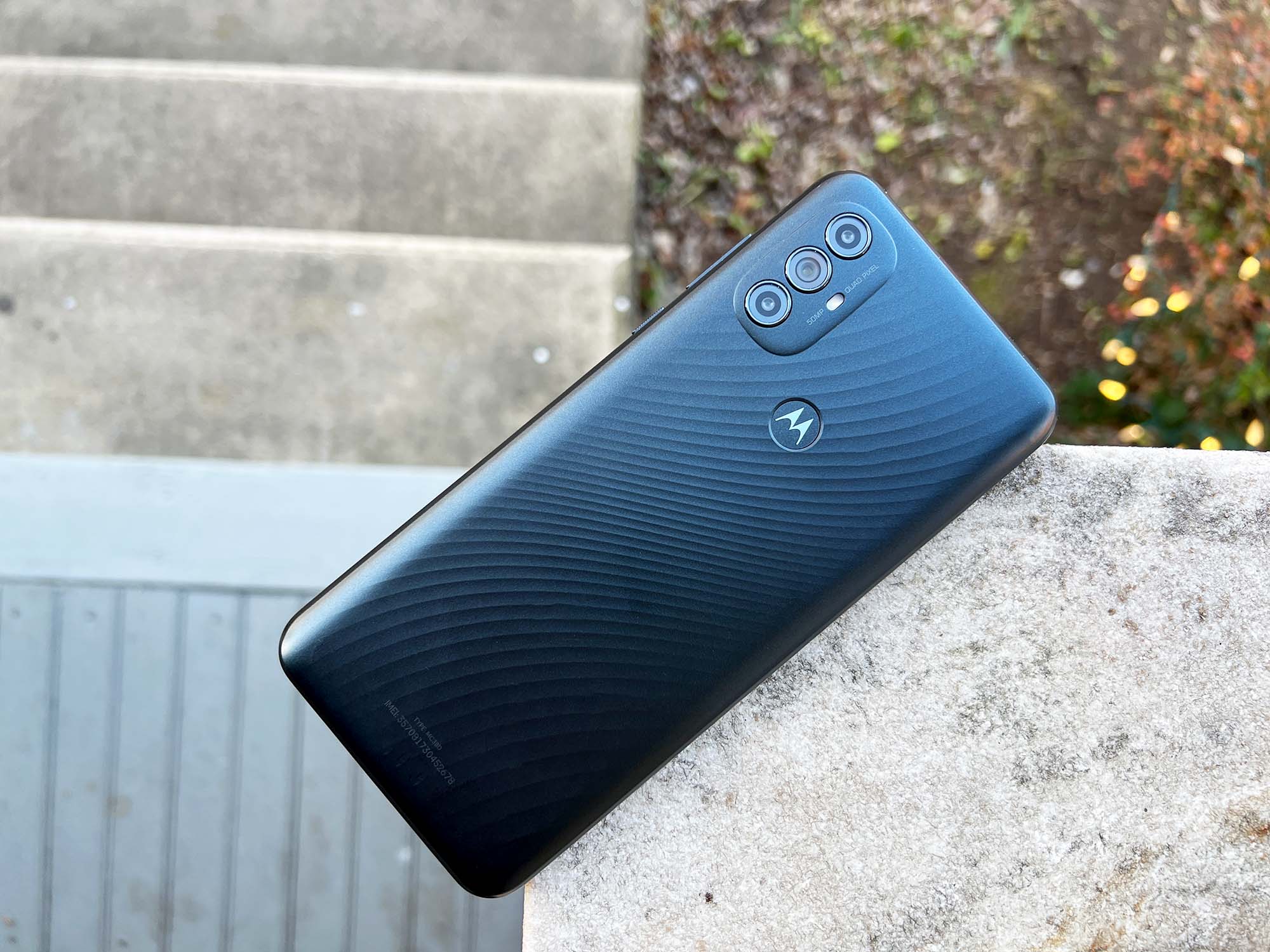
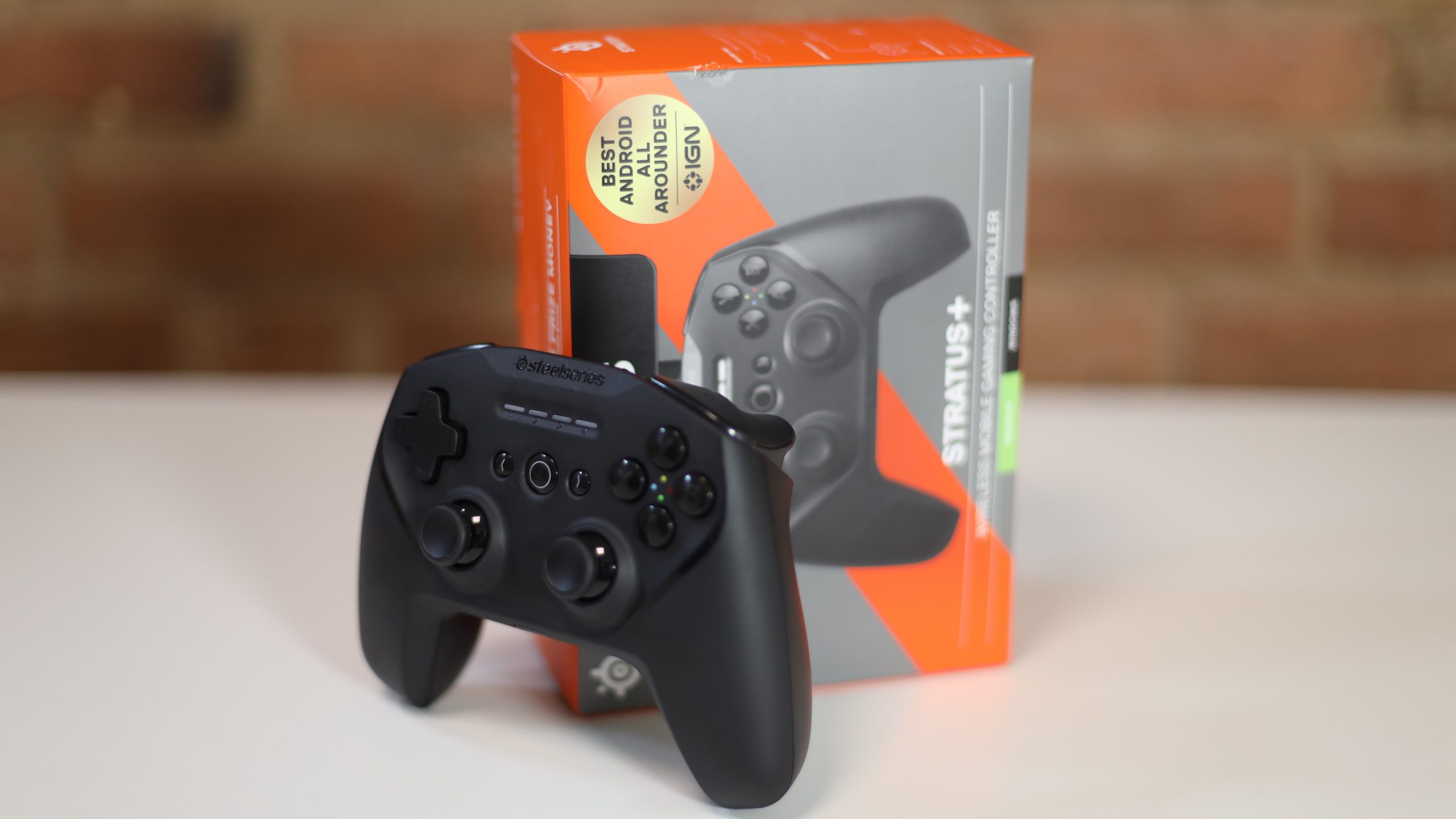

Comments